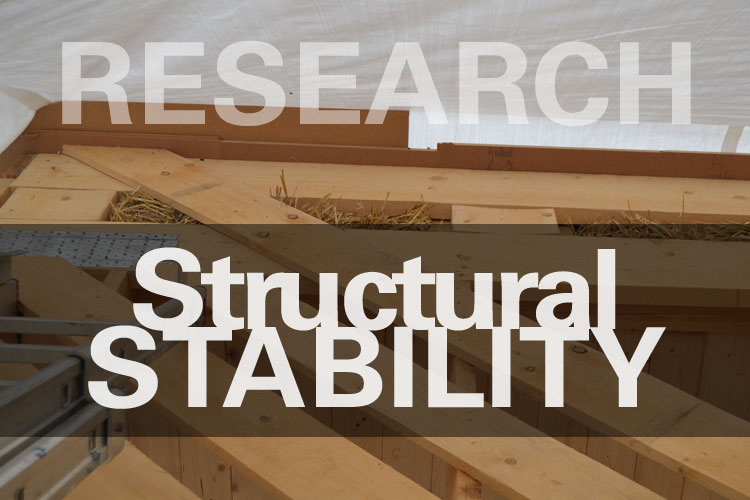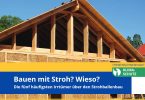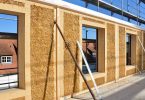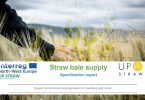Straw-bale construction is an emerging building method and many builders choose to plaster the straw bales with earthen plaster to reduce the embodied energy of the structure. A better understanding of the parameters affecting earthen plaster strength is essential for the safe and effective use of this building technique.
This study investigated the importance of initial plaster moisture content, drying time, clay content and, moisture content at the time of testing. Clayey silt soil bagged ball clay and lime-cement are compared as plaster binders for straw-bale applications. Compressive testing was conducted on 50-mm plaster cubes and 100-mm by 200-mm plaster cylinders. It was found that as initial moisture content increased, strength and modulus of elasticity were unaffected for the earthen plaster. As the drying time increased between 10 days and 18 days, strength was unaffected but the modulus of elasticity increased proportionally. As clay content increased, strength increased proportionally and stiffness was unaffected. As moisture content at the time of testing increased, both the strength and the stiffness decreased proportionally. Plaster made with soil was found to have greater strength than the plaster made with bagged clay or lime-cement plaster.
Authors:
- Taylor, Brendon
- Vardy, Stephen
- MacDougall, Colin







